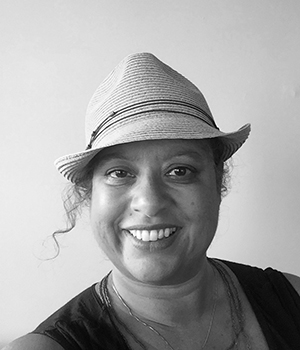
My day starts with sipping tea in the quiet lounge of my hotel. When I step outside, Kathmandu’s noise is overwhelming—but I’m soon enveloped, my senses recording the morning street theatre of taxi horns, squealing bus brakes and the rumble of scooters as I weave through commuters, the vendors trying to tempt me with fresh fruit, T-shirts and phone accessories.
Founded in the eighth century, Kathmandu has been the gateway for climbers hoping to conquer Mount Everest and the Himalayas since the mid-1950s. It’s also a city where traders, nomads and pilgrims have been meeting since 400 CE to swap goods and stories and visit the three royal squares, where faith, food and family are part of daily traditions.
Stepping out of the crowds, I stand at the edge of Kathmandu’s Durbar Square, which is dominated by the Hanuman Dhoka palace complex, 19th-century buildings that were home to the Malla and Shah kingdoms, now a museum of Nepali artifacts.
The City of Temples
With a population of one million, Kathmandu is about 1,400 metres above sea level, the gateway to the Nepalese Himalayas. It has been the historical, cultural and economical centre of Nepal for centuries.
Across the way, hodge-podge buildings make up Old Freak Street, a former stopover of the infamous 1960s Hippie Trail. Once shrouded in clouds of hashish smoke thanks to government-run shops, the street’s cafés and hostels now lure visitors with the 21st-century addiction: free Wi-Fi.
Walking across the square, I see colourful displays of textiles, Hindu and Buddhist talismans, and trinkets for travellers, but also piles of red bricks. It’s a reminder of the 7.8-magnitude earthquake in 2015 that caused citywide damage and almost 10,000 deaths. Locals are painstakingly rebuilding with the rubble, hoping to maintain the area’s UNESCO World Heritage status.
At the opposite end of the square is Kumari Ghar, the palace of the “living goddess” of Nepal. My curiosity leads me through a low entry into an intimate inner courtyard to wait for her appearance. The six-year-old Kumari Devi appears daily and will remain here until puberty, a tradition since the 17th century.
A petite face appears, accentuated by bold makeup and a serious gaze as she surveys the crowd. I wonder if she’s like other kids her age, bringing her toys to the courtyard or skipping along the palace hallways after her duty to offer blessings.
A petite face appears, accentuated by bold makeup and a serious gaze as she surveys the crowd.
Twenty minutes away, Lalitpur is worlds away from the reverence and tradition of Kathmandu, its Patan Durbar Square lively and boisterous. Temple bells ring as locals quickly pay their respects before joining friends at restaurant patios around the square.
The Malla kings of Lalitpur built the distinctive red-brick buildings during the 17th century, leaving a legacy of 136 courtyards and 55 temples. Built in 1667, the Krishna Mandir is the most important temple of the square, its 21 golden pinnacles casting shadows from three storeys above, while the shrine to Lord Krishna attracts a steady stream of faithful visitors to whisper a prayer.
There’s evidence of contemporary life in the surrounding neighbourhood: graffiti tags on walls, laundry hanging from windows, and residents gathered outside their homes scrolling on their cellphones.
Among the shrines are Newari restaurants offering the cuisine of the ancient Nepali people. When they glimpse a foreigner, a host immediately tempts with a shot of aila, a potent spirit akin to moonshine. I toss back the contents of the ceramic vessel. It numbs my lips, burns my tongue and leaves me with a blessing in the form of a laugh from the restaurant owner.
The final square is in Bhaktapur, the third UNESCO site of the valley and a favourite place for climbers in waiting, just 40 minutes from downtown Kathmandu. Artisan studios ring this square, with artists displaying their colourful paintings and detailed ceramics. Many of the side streets are mini-malls of climbing gear, with shop owners wishing I would add their faux North Face jackets, baggy pants or good-luck bracelets to my backpacker uniform.
I slowly climb the steep steps of the 18th-century Nyatapola Temple to ascend above the square’s shoppers and am rewarded with a memorable view of Bhaktapur among intricate carvings and statues. I contemplate the travellers who stood here before me, hoping for good luck or to spot a sadhu (monk) offering a prayer before they left for Everest Base Camp.
Returning to the square, I’m lured into a small shop for a taste of juju dhau, aka king of the curds, a ceramic cup filled with creamy buffalo milk yogurt. As I linger over this sweet treat, I consider it just one more small blessing on my road to enlightenment in the Kathmandu Valley.
When You Go
GAdventures offers more than a dozen small-group tours to Nepal and Kathmandu, in the bowl of Himalayan mountain peaks, which deliver some of the best trekking in the world. Dig out that backpack and join in.


